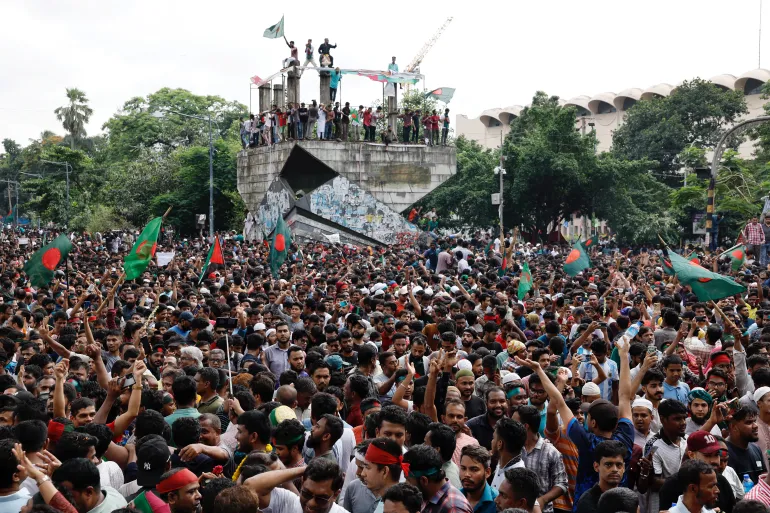Trump’s $30 Billion Nuclear Gambit: A Bold Bid to Restart Iran Talks
Trump Offered Iran Sanctions Relief
Washington, D.C., June 27, 2025 — In a striking shift from his first term’s confrontational stance, the Trump administration is quietly pursuing a high-stakes diplomatic initiative to bring Iran back to the negotiating table, offering up to $30 billion to develop a civilian nuclear energy program, according to sources familiar with the matter. This proposal, coupled with potential sanctions relief and access to frozen Iranian assets, marks a daring attempt to halt Tehran’s nuclear ambitions amid a fragile ceasefire with Israel. However, with a non-negotiable demand for zero uranium enrichment and recent military escalations clouding the horizon, the path to a deal remains fraught with challenges. As the Middle East teeters on the edge of stability, this blog dives into the details of this audacious plan, its implications, and the delicate balance of diplomacy and brinkmanship defining U.S.-Iran relations.
A New Chapter in U.S.-Iran Diplomacy
The Trump administration’s latest overture comes against the backdrop of a 12-day conflict between Iran and Israel, which culminated in a U.S.-brokered ceasefire mediated by Qatar. Despite recent American airstrikes on Iranian nuclear facilities at Natanz, Fordow, and Isfahan, secret talks have persisted, with U.S. special envoy Steve Witkoff engaging Gulf allies and Iranian intermediaries. The cornerstone of the proposal is a $20–30 billion investment to build a non-enrichment civilian nuclear program, explicitly designed to exclude uranium enrichment—a process Iran insists is its sovereign right under the Non-Proliferation Treaty. The funds, crucially, would not come from U.S. taxpayers but from Gulf partners, a strategy reminiscent of past nuclear talks but scaled up significantly.
The offer also includes easing some sanctions and unlocking $6 billion in Iranian funds frozen in foreign banks, a move aimed at alleviating Iran’s economic strain, where over 80% of households face food insecurity due to sanctions and inflation. Another proposal under discussion is replacing the heavily fortified Fordow enrichment site, damaged in recent U.S. strikes, with a non-enrichment facility funded by Gulf allies. This idea, while creative, raises questions about Iran’s control over the new site and whether Tehran would accept such a trade-off.
The White House Meeting That Set the Stage
On June 20, 2025, just hours before U.S. B-2 bombers struck Iranian nuclear sites, Witkoff convened a critical meeting with Gulf allies at the White House, outlining the contours of this deal. The timing—on the eve of military action—underscores the Trump administration’s dual approach of pressure and diplomacy. “We’re prepared to lead these negotiations,” a Trump official told CNN, emphasizing that the U.S. would not finance the nuclear program directly but expects regional partners to step up. This meeting built on five prior rounds of U.S.-Iran talks, disrupted by Israel’s earlier strikes, which had aimed to revive elements of the 2015 Joint Comprehensive Plan of Action (JCPOA) abandoned by Trump in 2018.
The proposal reflects a pragmatic shift from Trump’s “maximum pressure” campaign, which reimposed crippling sanctions and pushed Iran to enrich uranium to near-weapons-grade levels. Yet, the insistence on zero enrichment remains a sticking point, as Iran’s Foreign Minister Abbas Araghchi has called it a “red line,” though he suggested flexibility on enrichment levels for confidence-building. Ali Shamkhani, a top adviser to Supreme Leader Ayatollah Ali Khamenei, told NBC News that Iran would agree to eliminate its highly enriched uranium stockpile and limit enrichment to civilian levels if all sanctions were lifted immediately—a condition the U.S. has not accepted.
A Fragile Ceasefire and Regional Tensions
The diplomatic push follows a volatile period in the Middle East. Israel’s October 2024 attacks on Iranian nuclear infrastructure, followed by U.S. strikes, have left Iran’s nuclear program damaged but not destroyed. Satellite imagery shows surface-level destruction at Fordow, but experts warn that Iran’s portable centrifuge components and enriched uranium could enable reconstitution within one to two years. Iran’s parliament recently voted to end cooperation with the International Atomic Energy Agency (IAEA), signaling a potential shift toward a nuclear weapons program, a move that alarms U.S. and Israeli officials.
Khamenei’s June 26 speech, where he claimed Iran delivered a “slap to America’s face” by targeting a U.S. airbase, underscores Tehran’s defiance. Yet, his administration’s willingness to engage through intermediaries like Qatar suggests a desire to avoid further escalation. The ceasefire, brokered just days ago, remains tenuous, with Israel urging Trump to join a broader military campaign if Iran rejects the deal. Posts on X reflect polarized sentiment: some users praise Trump’s diplomatic gambit as a path to peace, while others, like @visegrad24, claim Israel believes Iran’s regime could collapse under pressure.
Challenges and Contradictions in Trump’s Approach
Trump’s public statements add complexity to the negotiations. On June 25, he told reporters, “I don’t care if I have an agreement or not,” downplaying the need for a deal while hinting at talks “next week.” This ambivalence contrasts with Witkoff’s optimism, who described recent discussions as “encouraging.” Secretary of State Marco Rubio has pushed for direct U.S.-Iran talks, arguing that intermediaries like Qatar complicate progress. He pointed to the UAE’s nuclear model—importing enriched uranium for civilian use—as a potential blueprint for Iran, though Tehran’s insistence on domestic enrichment remains a hurdle.
The proposal faces domestic and international headwinds. Neoconservative Republicans, who cheered Trump’s 2018 JCPOA withdrawal, demand complete denuclearization, a stance Iran rejects. European allies, still committed to the 2015 deal, criticize U.S. strikes and question Trump’s commitment to diplomacy. Meanwhile, Iran’s economic desperation—exacerbated by sanctions and recent infrastructure losses estimated at tens of billions—could push Tehran toward a deal, but only if sanctions relief is substantial and verifiable.
What’s at Stake?
The stakes could not be higher. A successful deal could stabilize the Middle East, reducing the risk of a nuclear arms race and easing tensions between Iran, Israel, and the U.S. The $30 billion investment, if accepted, could transform Iran’s energy sector, providing relief to a population battered by economic hardship. However, failure could lead to renewed conflict, with Iran potentially accelerating its nuclear program and Israel pushing for regime change. The IAEA’s recent resolution declaring Iran noncompliant adds pressure, as does the looming threat of “snapback” UN sanctions if Iran further escalates enrichment.
The Trump administration’s offer echoes elements of the JCPOA, which provided Iran $100 billion in sanctions relief for nuclear restrictions, but with a key difference: the insistence on zero enrichment and Gulf-funded infrastructure. Critics argue this resembles “Obama’s deal, only more generous,” while supporters see it as a pragmatic way to secure a non-aggression pact. Iran’s response, expected in upcoming talks possibly hosted by Oman or Turkey, will determine whether this bold gambit averts war or fuels further instability.
A Path Forward or a Diplomatic Mirage?
As negotiations loom, the Trump administration must navigate Iran’s distrust, Israel’s hawkish stance, and domestic political pressures. The $30 billion proposal, while ambitious, hinges on Iran abandoning a core tenet of its nuclear policy—a tall order given Tehran’s history of defiance. Yet, the continued backchannel talks and Qatar’s mediation suggest a narrow window for progress. Whether this initiative marks a breakthrough or collapses under the weight of competing interests remains uncertain, but its outcome will shape the Middle East’s future for years to come.
Disclaimer: Information is based on reports from MSN, Reuters, NBC News, and posts on X as of June 27, 2025. Claims regarding negotiations and military actions require independent verification.




